For fruit and vegetables, texture is an important quality indicator when assessing functional performance or ripeness. This texture evaluation can be performed on both fresh fruits and vegetables, and those that have gone through post-harvest processing and treatment procedures. This testing is important to ensure the consumer receives produce with the expected textural properties, whether that means crunchy apples, ripe and juicy tomatoes, or succulent oranges.
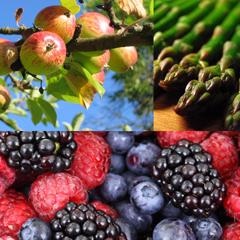
Figure 1. Fruits and vegetables
A soft strawberry would not be desirable to the consumer, so it is important that sensory properties are continuously assessed to track the quality standards and thus, determine the best time to harvest the crop and create a finished product of good consistency.
Test Methods for the Fruit and Vegetable Sector
Vegetables and fruits have different textures, so there are a number of texture testing methods that can be used to evaluate their properties in an accurate way. Some of the standard consumer descriptions of sensory texture, with respect to fresh produce, include juiciness, crispness, toughness, hardness, fibrousness, and mealiness. It is possible to determine these properties, which can then be compared during production and processing procedures to evaluate the differences in texture. One specialized field is the harvest maturity of pea texture, for which a tenderometer needs to be used.
Bulk Analysis
Bulk analysis (Figure 2) can be applied for bulk assessment of products like canned mushrooms and cooked potatoes; for working out oven design and batch optimization of roasted vegetables; for integrity testing of chopped tomatoes; for measuring strawberries and other soft fruits to calculate the integrity of end products; and for using a tenderometer for testing pea maturity or ripeness.
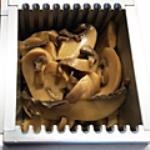
Figure 2. Bulk analysis of fruits and vegetables
Compression
The integrity of cooked potatoes can be evaluated through deformation tests using compression platens (Figure 3). These platens should be larger than the deformed sample. When self-supporting and solid samples are squashed, several textural properties can be assessed easily, including fracturability, springiness, and hardness. Seed hardness can be evaluated; firmness of avocados can be analyzed to assess freshness; softening of cooked potatoes can be gauged to assess their suitability for puree production and for mashing; and a succulometer can be used for assessing the juiciness of apples, oranges, sweetcorn, and so on.
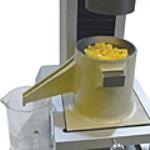
Figure 3. Fruit and veg compression test
Extrusion (Back Extrusion)
Extrusion testing (Figure 4) is suitable for determining the spoonability and flow of thick fruit pulps and purees. Application examples of this test are as follows:
- The viscosity of fruit toppings can be optimized
- The pumpability of vegetable purees can be evaluated
- Differences in texture of cauliflower florets and broccoli during low-temperature blanching can be assessed easily
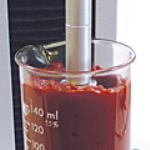
Figure 4. Extrusion test
Penetration and Puncture
In penetration and puncture testing (Figure 5), tools like balls, small cylinders, cones, and needles can be utilized for piercing into the surface of a sample. This method mimics the action of biting or chewing in the mouth. It determines the firmness of fruits and vegetables and thus helps in assessing their cook quality and ripeness. Some application examples of penetration and puncture tests include hardness of cooked carrots, skin toughness of berries, using a spherical probe for onion bulb puncture testing, and determining the ripeness of apples through the Magness-Taylor penetrometry method.
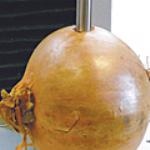
Figure 5. Penetration and puncture test
Multiple Point Penetration
Multiple point analysis (Figure 6) can be used for determining the set firmness of jam that contains different particulates. It is utilized for testing different points on a single sample, whose form and texture can largely differ from area to area to determine properties like maturity, gel strength, and firmness. A few application examples of multiple point analysis include determination of set properties of fruit jams, firmness of haricot beans post-cooking, and skin toughness of cooked pulses.
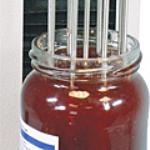
Figure 6. Multiple point penetration method
Shear
Application examples of shear testing (Figure 7) include slicing through broccoli to estimate the final cook quality; shearing through apple slices to evaluate their crispness as a measure of freshness; determining the bite properties of bananas; measuring the firmness of potato tubers, and assessing the cross-sectional differences in bite force along the length of the asparagus stem.
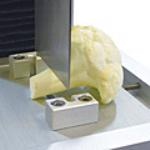
Figure 7. Shear test
Snap, Bend, and Break
Crispness and freshness of vegetables like asparagus can be determined by measuring their flexure properties through a three-point bend test (Figure 8).
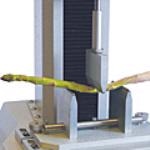
Figure 8. Snap, bend, and break test
Some examples of the three-point bend test include measurement of flexure properties of asparagus to gauge its freshness during storage, and measurement of the freshness of celery through test fracture, which is ideal for crop harvesting.

This information has been sourced, reviewed and adapted from materials provided by Mecmesin.
For more information on this source, please visit Mecmesin.